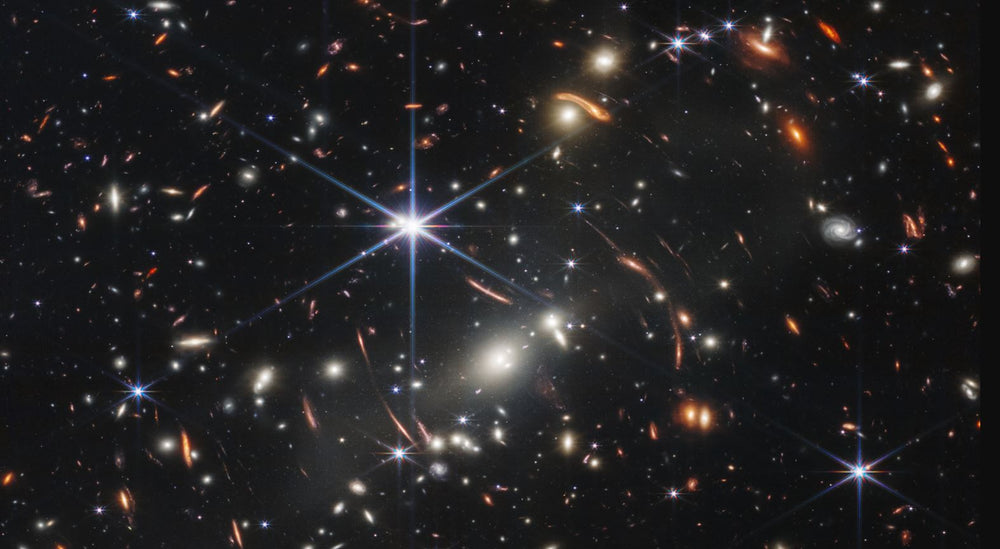The history of astronomy is a fascinating subject that has intrigued people for centuries. Humans have been studying the skies for thousands of years, looking for answers to the mysteries of the universe. Astronomy has played a vital role in our understanding of the world around us and has been instrumental in shaping the course of human history. In this article, we will explore the history of astronomy from its earliest beginnings to the present day.
The History of Astronomy: From Ancient Observations to Modern Discoveries
Astronomy has been a subject of interest to humans since the dawn of civilization. The study of the stars and the cosmos has been central to many cultures, from ancient civilizations to modern-day scientific research. The history of astronomy is the story of human curiosity, creativity, and exploration. This article will take you on a journey through the history of astronomy, from ancient observations to modern discoveries.
Ancient Astronomy
The earliest known observations of the night sky date back to ancient civilizations such as the Babylonians, Egyptians, and Greeks. These early astronomers made detailed observations of the stars and planets, which they used to create calendars and predict celestial events. The Babylonians, for example, developed a system of predicting eclipses by carefully observing the movements of the Moon and the Sun. The Greeks, on the other hand, developed a sophisticated system of cosmology based on their observations of the stars.
Medieval Astronomy
During the medieval period, astronomy continued to be an important subject of study. Scholars such as Ptolemy, Al-Biruni, and Al-Farghani made significant contributions to our understanding of the universe. They refined the Greek system of cosmology and developed new instruments for observing the stars. The medieval period also saw the rise of Islamic astronomy, which was characterized by a fusion of Greek and Islamic ideas.
Renaissance and Early Modern Astronomy
The Renaissance period saw a resurgence of interest in astronomy. Scholars such as Nicolaus Copernicus, Tycho Brahe, and Johannes Kepler revolutionized our understanding of the solar system. Copernicus proposed a heliocentric model of the universe, in which the Sun was at the center, while Brahe and Kepler made detailed observations of the planets that supported Copernicus's theory.

Modern Astronomy
In the 20th century, advances in technology led to significant breakthroughs in astronomy. Telescopes, satellites, and other instruments allowed astronomers to observe the universe in unprecedented detail. We have discovered new planets, stars, and galaxies, and have gained a better understanding of the origins and evolution of the universe.
The 19th and 20th Centuries
The 19th century saw significant advancements in the study of the Sun, thanks to the development of spectroscopy. The German physicist Joseph von Fraunhofer discovered dark lines in the spectrum of the Sun, which are now known as Fraunhofer lines. These lines are caused by the absorption of certain wavelengths of light by elements in the Sun's atmosphere, and they provide a wealth of information about the chemical composition and temperature of the Sun.
In the late 19th and early 20th centuries, astronomers made important discoveries about the structure of the Milky Way galaxy. The American astronomer Harlow Shapley used observations of globular clusters to determine that the Sun is not at the center of the Milky Way, but is instead located about 30,000 light-years from the center. The Dutch astronomer Jan Oort proposed the existence of a vast cloud of comets, now known as the Oort cloud, which is thought to extend out to a distance of about one light-year from the Sun.
The 20th century saw significant advancements in technology that allowed astronomers to observe the universe in new ways. The development of radio telescopes in the 1930s allowed astronomers to study the universe in radio wavelengths, revealing objects such as pulsars and quasars. In the 1960s, astronomers discovered the cosmic microwave background radiation, which is thought to be leftover radiation from the Big Bang.
Recent Developments
In the 21st century, astronomers continue to make significant discoveries about the universe. In 2015, the Laser Interferometer Gravitational-Wave Observatory (LIGO) detected gravitational waves, which are ripples in spacetime caused by the collision of two black holes. This discovery provided strong evidence for the existence of black holes and confirmed a key prediction of Albert Einstein's theory of general relativity.
Another recent discovery is the exoplanet Proxima b, which was discovered in 2016 orbiting the star Proxima Centauri, the closest star to our own Sun. Proxima b is a rocky planet located in the habitable zone of its star, and it has the potential to support liquid water, making it a prime target in the search for extraterrestrial life.
The Future of Astronomy
As we continue to explore the universe, there is still much that we do not know. Scientists are currently working on new instruments and technologies that will allow us to explore the cosmos even further. From the search for habitable planets to the study of dark matter and dark energy, the future of astronomy is full of exciting possibilities.
Conclusion
The history of astronomy is a testament to human curiosity, ingenuity, and perseverance. From the earliest observations of the night sky to the most recent discoveries, astronomy has played a crucial role in our understanding of the universe. As we continue to explore the cosmos, we can look back at the rich history of astronomy and be inspired by the achievements of those who came before us.
More About Astronomy:
- Urban Astronomy
- Astronomy Definition
- Best Books on Astronomy
- Famous Astronomers
- Astronomy vs Astrology
- Astronomy Camera Color or Mono
- Binocular vs Spotting Scope for Astronomy

